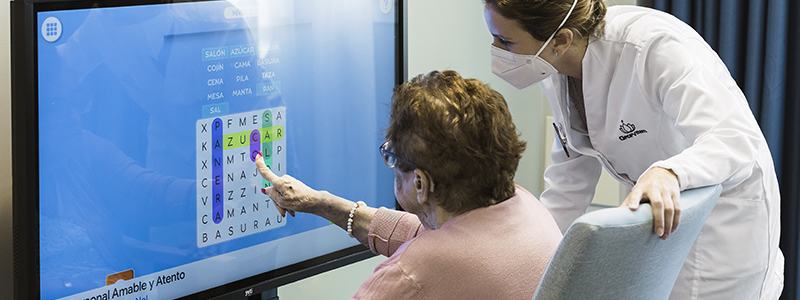Hacia la inclusión sociolaboral de personas con dificultades para hablar

Las personas con graves dificultades en el uso del lenguaje oral precisan de sistemas de Comunicación Aumentativa y Alternativa (CAA) para poder interaccionar con los demás. Analizar los retos a los que se enfrentan estas personas y sensibilizar sobre sus necesidades de apoyo a nivel sociolaboral fue el objetivo del foro “Comunicar sin barreras: inclusión … Hacia la inclusión sociolaboral de personas con dificultades para hablar









